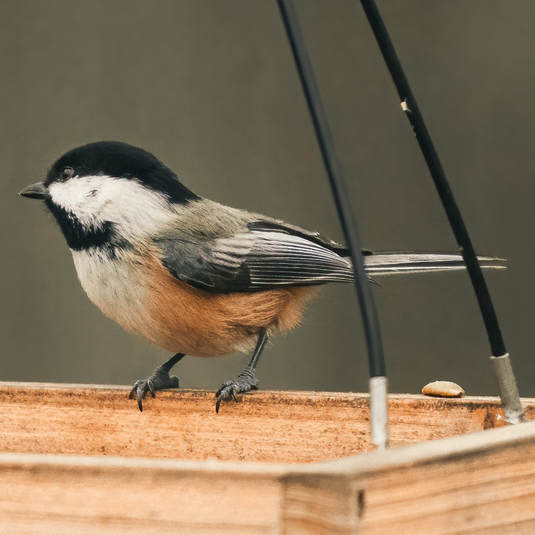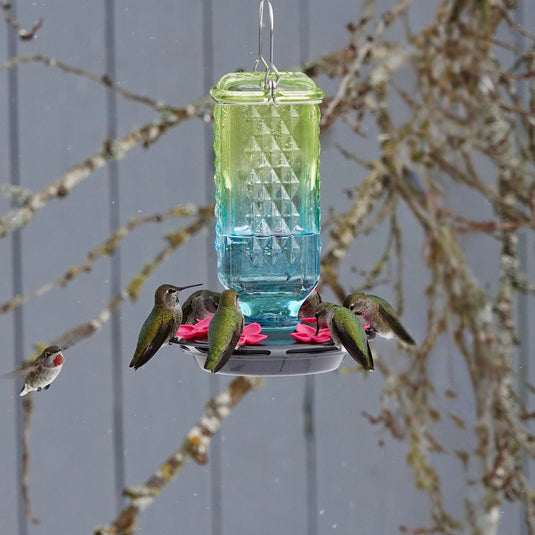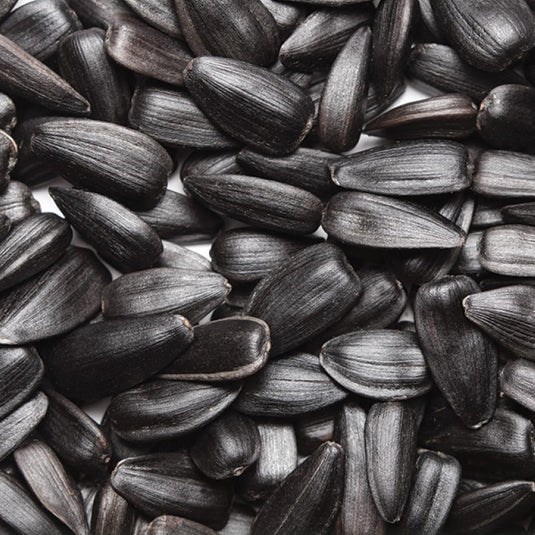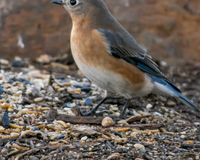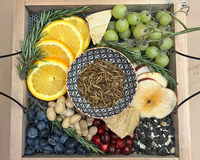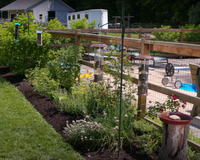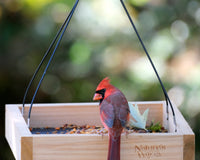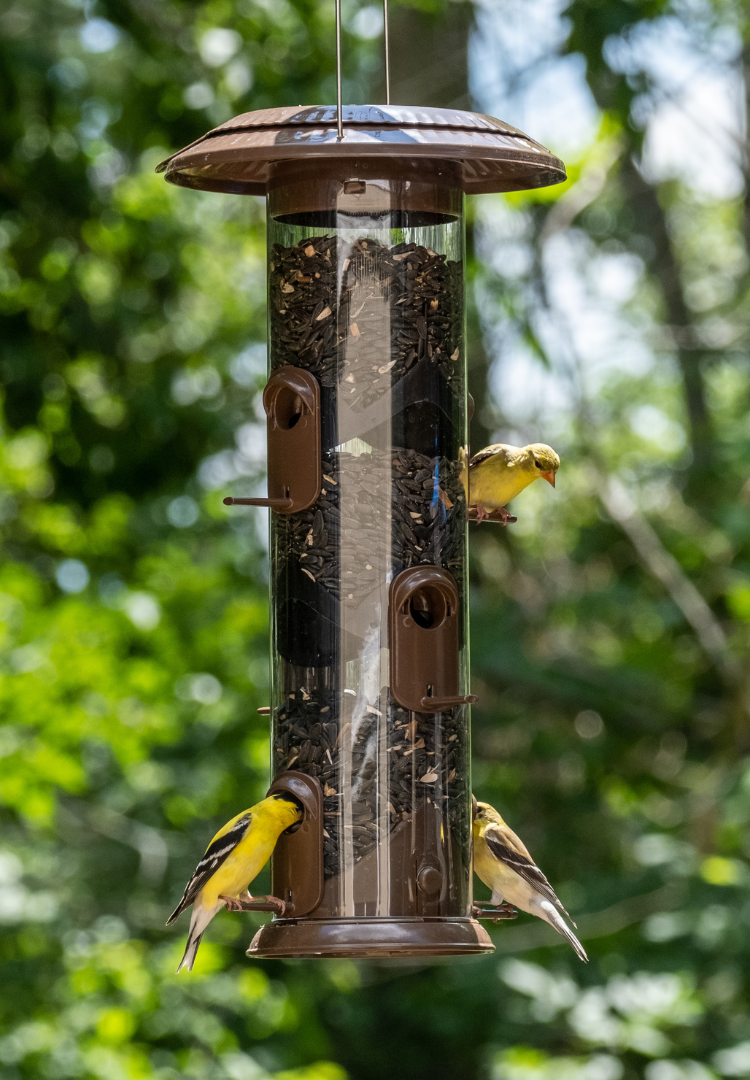Popular articles
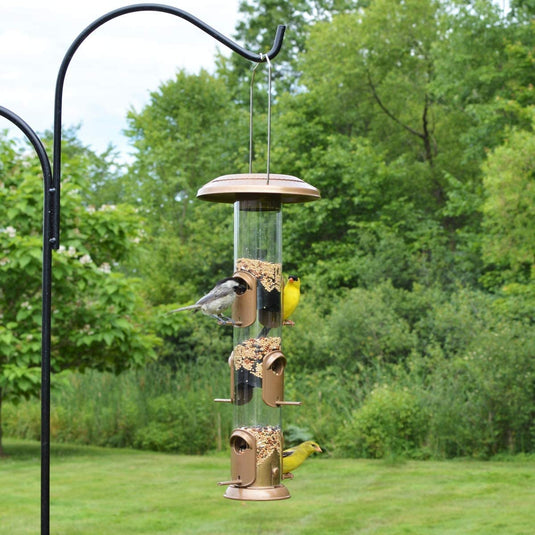
How to hang a bird feeder
If you’re looking for the best location to hang your bird feeder, setting up your first bird feeder, or adding a new bird feeder to your bird feeding station, these bird feeder hanging ideas will set you up for success!
Blog
-

Bird Feature: Common Grackle
Identifying Common Grackles: Common Grackles are medium-sized blackbirds with a long, lanky body and a sharply pointed bill. While at first glance they may appear to be a uniform glossy... -

Bird Feature: European Starling
Identifying European Starlings:European Starlings are stocky, medium-sized birds with short tails, long pointed bills, and a dark, iridescent sheen that shifts between green and purple in bright light. In breeding... -

Bird Feature: Carolina Wren
Identifying Carolina Wrens: Carolina Wrens are small but portly birds with a round body, large head, and very little neck. The long tail, often cocked upward, and long slender downcurved... -
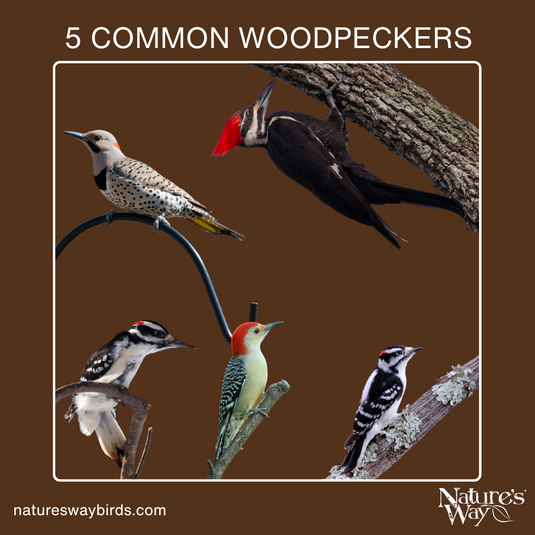
5 of the most common woodpeckers in the United States and Canada
Few backyard visitors are as striking or as easy to hear as woodpeckers! From backyards to forests, these birds play an important role in nature while also bringing plenty of...

